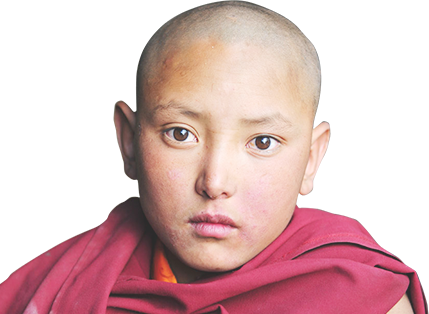Pakistan: background information for photo travelers.

This article was written specifically for our members photo tour to Pakistan - as a small introduction of this review intresneyshey country.
This article also will be useful to those who, after the main program photo tour to Pakistan wants to continue the photo tour of this country alone.
It is worth remembering that in this article the only survey data, and - of course - going on a photo tour of Pakistan, it makes sense to read about each province of Pakistan, where we're going to shoot - more details).
And it's - well, only to begin to start to navigate.
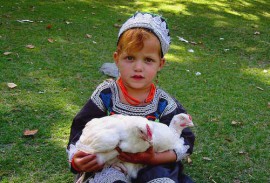
So that it is necessary to know about Pakistan.
Our photo tour to Pakistan begins and ends in Islamabad. Let's talk about a little this city.
Islamabad.
Islamabad is a young city. Still in its late 30s, the city is vibrant, modern and beautiful. The true face of the progressive Pakistan, Islamabad is a city to get lost. Its wide streets, beautiful houses and colourful bazaars present a picturesque face of Islamabad. The power center of Pakistan, Islamabad is the capital of the country.
For those who love turning through the pages of history; Islamabad was made the capital of Pakistan in 1959. In 1960, a Greek firm (Constantinos Doxiades) was handed over the charge to build the capital city. In the year 1966, Islamabad was ready to make its entry into the list of some of the well-planned city in South Asia. In its 39 years of existence, Islamabad has seen Pakistan going through difficult phases. But the city has not lost its character of being beautiful and peaceful.

For a traveler to Islamabad, the city has an excellent infrastructure and some of the wonderful places to visit. Islamabad is located at the base of the Margalla Hills, which offer wonderful opportunity for trekking and hiking. Islamabad is planned in such a way that there are a number of spots for walking, trekking and jogging.

Islamabad is a complete destination that offers tourists beautiful gardens, wonderful monuments, exquisite handicrafts, great dining options to enjoy Pakistani cuisine, colourful bazaars and most important of all is the Pakistani hospitality. Unmatched in scale and warmth, Pakistani hospitality is what touches you on your tour to Pakistan.
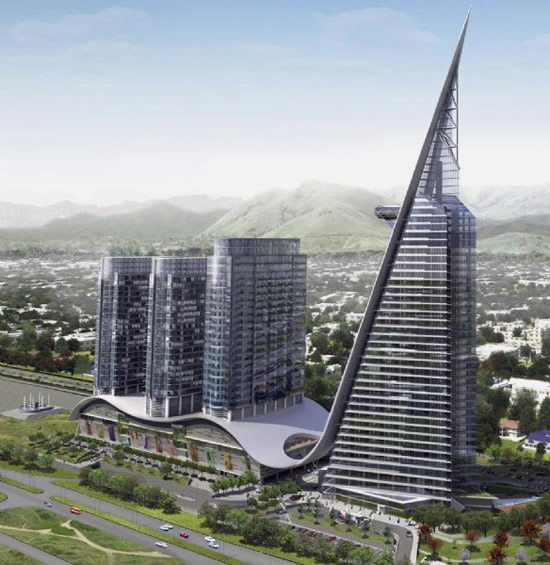
Lok Virsa, which is the National Cultural Center and Museum, is an exciting place to get a glimpse of the Pakistani handicraft items. For shopping enthusiasts, Islamabad has many bazaars. You can rummage through an assortment of items at Jinnah Super, Aabpara or Blue Area bazaar. The other places worth checking out are Shakar-Parian hilltop, the Rawal Lake and Pir Suhawah hilltop. A leisurely stroll through the Jasmine Garden is a soothing experience in Islamabad. Those interested in the wonders of the past can head to Faisal Mosque, an architectural masterpiece. For the sporty kind, Islamabad has bowling alleys, golf courses and football and cricket fields.
Rawalpindi.
If Islamabad reflects the face of modern Pakistan, Rawalpindi is the traditional city steeped in culture and history. A tour to Rawalpindi is your date with medieval Pakistan. The history of Rawalpindi takes us back to the 18th century, when the city came under the Sikh rule. By the 1849 AD, the city was under the British, whose imprints on Rawalpindi are still visible. British turned Rawalpindi into a cantonment and today Rawalpindi has a sizeable military presence of the Pakistan Army.
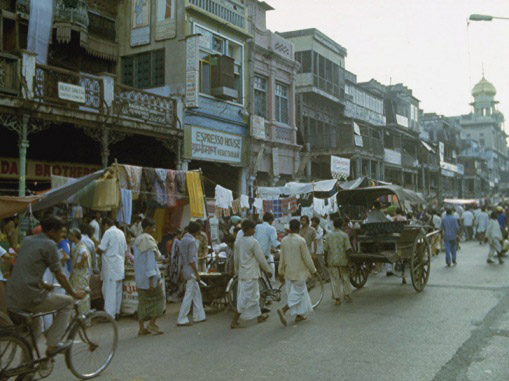
Not too far from Islamabad, Rawalpindi makes a wonderful tourist destination. Rawalpindi is known for its colonial-style buildings, rich cultural heritage and colorful bustling bazaars. Though modernity has not made much inroad to this ancient city, there are a number of hotels in Rawalpindi that provide an ideal base to explore the city.
Walking through the bustling bazaars of Rawalpindi is an exciting experience. You may come across a number of items that you would like to shop. Rummaging thorough a maze of shops and wares they sell is an ultimate high for a shopping enthusiast. You can meander through the streets of the Raja Bazaar, which is the old bazaar in Rawalpindi. Sadar Bazzaar, the new market is a different experience altogether. If you have some idea about gold and silver jewellery, Sarafa Bazaar is worth checking out.
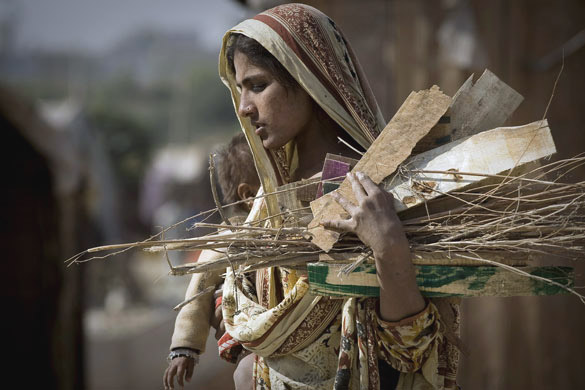
The Liaquat Bagh is another interesting tourist destination in Rawalpindi. Quite popular among tourists, the Liaquat Bagh or Liaquat Garden is a fine picnic spot. The Bara Market nearby is the favourite haunt of tourists travelling to Rawalpindi.
If it is scenic views that you are looking forward to on your Rawalpindi tour, head to Shakar Parian Hill. The other tourist places that present scenic views are Murree and Nathiagali. These places are also a serve as the excellent summer-escapes from the heat and dust of Rawalpindi, when the mercury heads northwards during summer.
The other places of tourist attraction in Rawalpindi are Lal Haveli, which is located near the Purana Quilla. A leisurely stroll down the Thandi Sarak or the Mall as it is known is a wonderful experience.
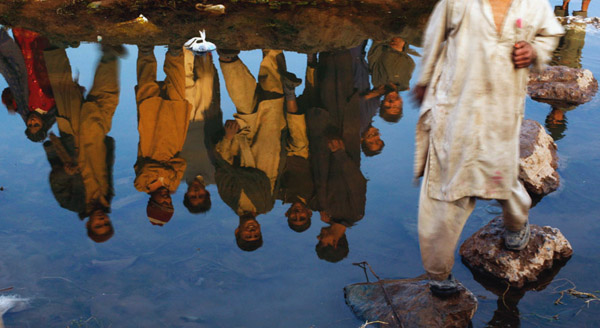
If archaeology is your cup of tea, you can travel to archaeological sites of Gir and Jaulian. Taxila, some 56 kilometres from Islamabad is another historical site associated with the Buddhism.
Peshawar.
The heart of the North West Frontier Province, Peshawar is an exciting city in Pakistan. Located about 170 kilometres from Islamabad (the capital of Pakistan), it takes about three hours by road to reach Peshawar from Islamabad. Steeped in history, Peshawar is the meeting point of the Central Asia and sub-continent.
Also called the land of Pathans, Peshawar's entry into the historical records takes us back to some 2000 years ago, when Kushans were ruling the area. Kushans shifted their capital to Peshawar from Pushkalavati, which is 30 kilometres north of Peshawar. Later Sher Shah Suri ruled the area. In 1818, the Sikh ruler Ranjit Singh captured Peshawar. During his rule Peshawar saw little progress and the city was ruined. The British revived the city before the independence of Pakistan.

Peshawar can easily be divided into old Peshawar and new Peshawar. The old Peshawar reflects the bygone era with its old houses and historical monuments while the new one has many concrete structures, hotels and railway line. The old city is what attracts tourists most as the city has a number of beautiful monuments and colorful bazaars.
Mughal Mosque built in 1670 by Mohabat Khan is a fine example of the Mughal architecture. Though the mosque was destroyed by fire 1898, it was later restored with the help of traditional craftsmen. The floral work and calligraphy done at the prayer chamber in the mosque is stunning. When travelling to Peshawar from Rawalpindi or coming from Khyber Pass, it is difficult to miss Bala Hisaar Fort. The massive structure was built by the first Mughal ruler Babar in 1526. Peshawar Museum is something tourists should not miss, when touring Peshawar. Earlier known as Victoria Memorial Hall, the museum was built in 1905.
Shopping in Peshawar is an exciting activity that you can enjoy. Peshawar is home to some of the bustling bazaars of Pakistan. The Qissa Khawani Bazaar is an interesting place to visit. You can rummage through the various markets in Peshawar. Some of the bazaars that you can visit include Khyber Bazaar, Bird Bazaar, Meena Bazaar and Jewellery Bazaar.

There are a number of other interesting places in Peshawar that you can visit. Some of the tourist attractions that you can visit in Peshawar include Forest Museum, Shahi Bagh, Jinnah Park and Tatara Park. If you can extend your tour to Peshawar, Khyber Pass about 18 kilometres (that links NWFP to Afghanistan) is other exciting option that you can travel to.
Chitral Valley.
Chitral Valley is another wonderful tourist destination in Pakistan. Popular for mountaineering, trekking, fishing and hiking, Chitral Valley is located at an altitude of 1,128 metres above sea level. Chitral is surrounded by Afghanistan on three sides. Chitral has a number of beautiful tourist spots that you can visit. Quite hot during summer, the best time to tour Chitral Valley is from July to September.

Chitral Valley is known for its hospitality and if you get an opportunity to stay with traditional family in Chitral, it would be wonderful experience. Traditional hospitality is what you should not miss on your tour to Chitral. Cuisine and culture is what you enjoy on your tour to Chitral Valley.
Music is another exciting experience in Chitral. You can listen to the soothing notes of the traditional 'Chitrali Sitar' in the bazaars of Chitral.
A tour of Kalash Valley is what you should not miss on your Chitral tour. Kalash Valley is home to Kafir-Kalash, which a primitive pagan tribe. There are different theories about their past and descent. According to a legend Kalash-Kafir are the descendents of the five soldiers of the Alexander Army, who settled down in Chitral.
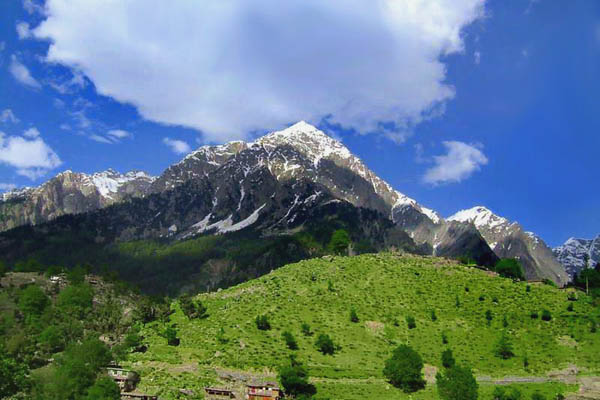
Polo is a popular game in Chitral. During festive occasions polo matches are held. Polo matches are quite popular among the people of the area and tourists. If you are planning to visit Chitral Valley, plan your trip in July, as every year in the first week of July, Shandur Pass comes alive with cheers of Polo fans.
Ghizar District.
Ghizar District is northernmost part of the Northern Areas of Pakistan. Its capital is Gakuch. Ghizer is also a contact point between Gilgit District and Chitral District (which are connected via Shandur Pass). Ghizer is a multi ethnic district and three major languages are spoken. Khowar, Shina and Burushaski are spoken in Ghizer.
There are also a few Wakhi speakers in Ishkoman.
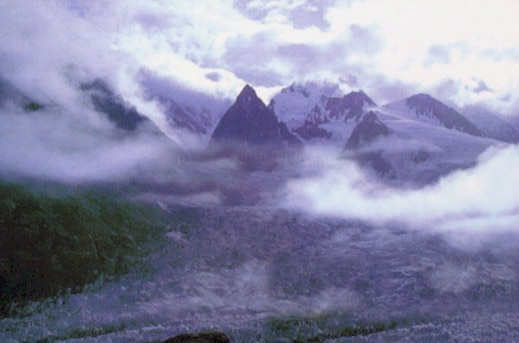
This is the land of adventure because it offers a lot of avenues for adventure and fun like: trekking, jeep safari, trophy hunting, water rafting, wind surfing and sight seeing. A large number of tourists come to the District Ghizer each year because all four major valleys are beautiful and easily accessible areas for visitors.
Ghizer has spectacular scenic beauty. The peak tourist season from May to mid-October though the tourist season is round the year. The maximum temperature in May is 320C and minimum 160C in September.
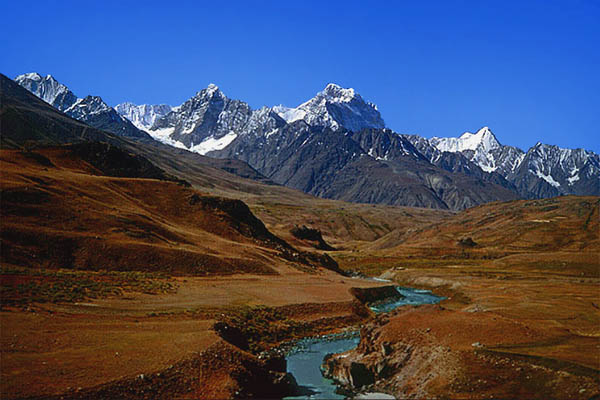
Ghizer is the gateway to Central Asia. District Ghizer is the short way to Tajikistan through Boroghul Pamair pass and South West Ghizer meets to Chitral in NFWP. Ghizer District is northernmost part of the Northern Areas of Pakistan. Its capital is Gakuch. Ghizer is also a contact point between Gilgit and Chitral (which are connected via Shandur Pass). Ghizer is a multi ethnic district and three major languages are spoken. Khowar, Shina and Burushaski are spoken in Ghizer. There are also Wakhi speakers in Ishkoman.
History:
Historically the region has been ruled by indigenous rajas such as thoms of Yasin and Puniyal and later it was divided between the Mehtar of Chitral and the Maharaja of Kashmir. After 1895 all of Ghizer was annexed to Gilgit Agency which was directly ruled by the British Govt. and not by the Kashmir Durbar.
Raja Gohar Aman is the only ruler of Ghizer who defeated all other rulers of Gilgit and captured the area from Thoi to Bagrot in Gilgit District.
The Rajas of Yasin Suleman Shah and Gohar Aman stretched their rule to Gilgit by pushing back Dogras and at some particular juncture of history remained defacto rulers of the region stretched from Yasin to Gilgit. Latter on after the death of Gohar Aman due to the internal conspiracy the Dogras of Maharaja Kashmir came to Yasin and Modori debacle occurred in Yasin.however the last and most popular Raja of Ghizer in his Tehsil Yasin the (Late) Raja (Metar/Thum) of Yasin Raja Ghulam Dastgir ,after his death no rajas and no Riaya remains.
Gilgit:
At an altitude of about 4,900 feet and 365 miles away from Rawalpindi lies the picturesque Gilgit Valley. One of the finest tourist destinations in Pakistan, Gilgit witnesses the flow of tourists year round. Though the tourist season is from May to October, one can see tourists in Gilgit through out the year.
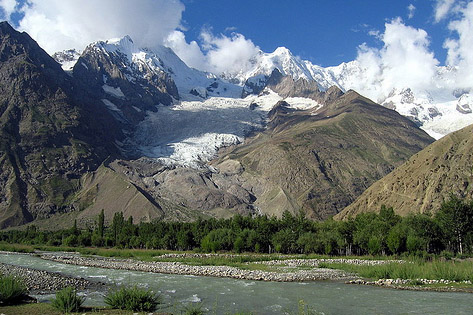
Gilgit is well connected by air with Islamabad/Rawalpindi. You can take a flight to Gilgit from the capital of the country and reach Gilgit. The airport at Gilgit is just a mile away from the main bazaar and you can take mini-vans or some other vehicle to reach Gilgit town.
Gilgit is not only about beautiful scenic views, but the valley has a number of historic places as well that you can visit. At one point of time in history, Buddhism was the way of life in this region as one come across a number monuments and symbols associated with the life of the Buddha. About 10 kilometres from Gilgit, there is the Buddha sculpture carved out of stone. Just nearby is the game sanctuary Kragah Nala. Kragah Nalla is wonderful for trekking.
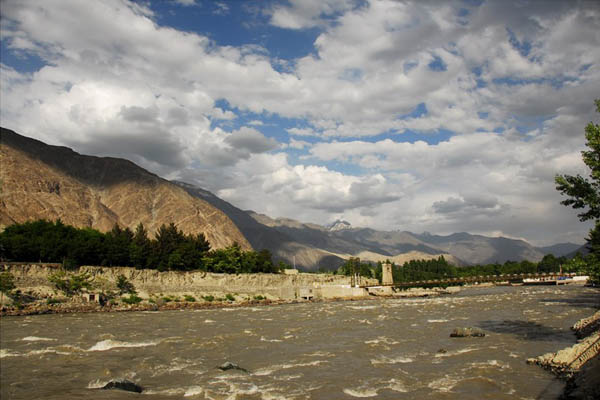
Taj Mughal, built some 700 years ago, is another monument that you can visit. The monument is located about 30 kilometres from Gilgit town.
Sher Qilla, about 40 kilometres from Gilgit is another place that you can visit on your tour to Gilgit Valley. Other places of interest include Gahkuch (ideal for trekking and fishing) and Nalter Valley, which is about three hours drive from Gilgit.
Those interested in Polo can chalk out their tour in the month of November. Every year a polo tournament is held from 1st November to 7th November. Gilgit Valley is fine tourist destination for trekking and fishing. Trout fishing can be done at Kargah Nullah, which is just 10 kilometres from Gilgit, Singal (56 km), Phandar (117 km) and Gakuh (73 km).
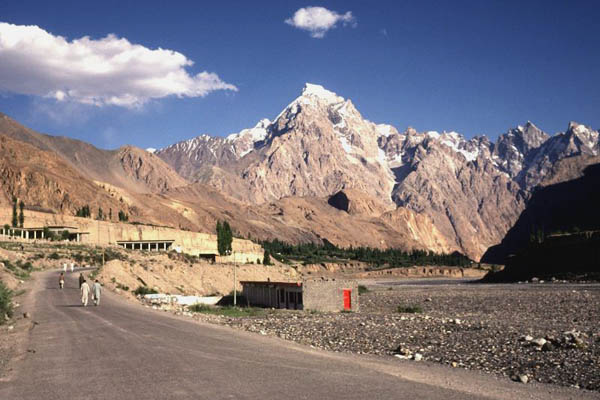
Karakoram High way.
This one is surely for the intrepid traveller. A tour of Karakoram Highway is not for the feeble heart. Though not many tourists take the Karakoram Highway as a travel destination but those who have taken the journey swear by its beauty and challenges that the 805-mile long highway throws. Once in a lifetime experience, a tour through the rugged barren and beautiful Karakoram Highway is something a dream for adventure lovers.
The 805-mile long Karakoram Highway starts from Havelian, which is about 100 kilometres from Islamabad, the capital of Pakistan. The highway passes through many non-descript towns and villages in Pakistan before snaking into China. The Karakoram Highway winds through Abbottabad, Mansehra, Thakot, Besham, Pattan, Sazin, Chils, Gilgit and Hunza. Pakistan Army built the highway with the association of Chinese experts and it took about 15 years to complete the highway.
Karakoram Highway offers thrilling experience for an adventure lover. You may pass many beautiful scenic spots that offer virgin beauty untouched by the outward influence. On the other hand you may come across miles and miles of barren land with rocky mountains staring you in the face.
Before you jump to take the next flight to Pakistan for your dream adventure travel, it is essential to chart out a plan and duration for your tour to Karakoram Highway. Prior information is essential. If you wish to cross over China from Karakoram Highway, a Chinese Visa is a must. In the absence of the Chinese Visa, you may not be able to travel to other side of the border. If you are coming from China and crossing over to Pakistan, you can get a 14-day transit visa at Sust.
Skardu.
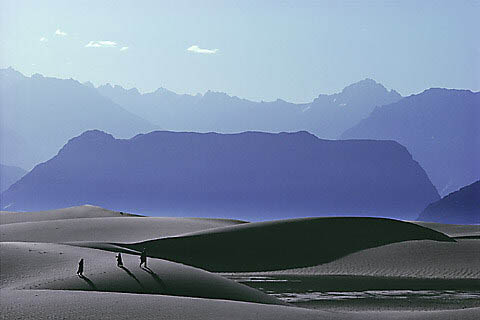
Skardu is the center of Baltistan and the largest district of Northern Areas. It is situated on the bank of the Indus River near the confluence of the Indus and Shigar Rivers. At an altitude of 2300 meters and lying in a region characterized by mountains that are stark and rise up to 18,000 feet, gorges that are deep and steep, glaciers that are gigantic and imposing, waterfalls that are fast-flowing and noisy, and lakes that are pure and placid, Skardu is marked by a cool and pleasant climate. This truly is, in Fosco Mariani's words, "The world's greatest museum of shape and form” and a sight defying imagination.
Shangrila Resort.
Shangrila Resort Skardu, also known as "Heaven on Earth", is nestled amongst some of the world's highest peaks. It encircles the heart shaped "Kachura Lake" and is surrounded by fruit laden orchards and flower filled gardens.
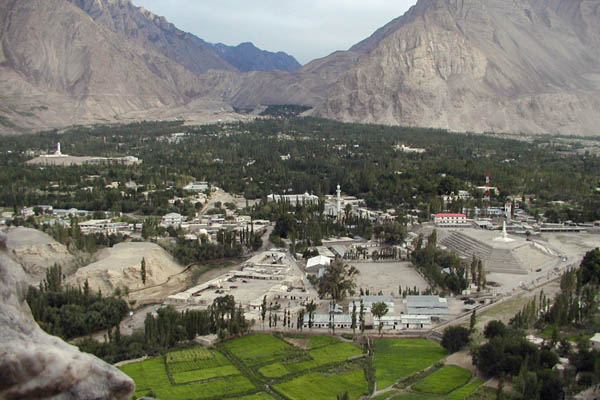
Shigar Valley.
Shigar is the gateway to a wonderland for trekkers and mountaineers, where some of the largest glaciers of the world, including the famous Baltoro glacier are situated. Four above 8000 peaks are located at the head of the Baltoro glacier.
Shigar is the most fertile valley in Baltistan. Apples, walnuts, peaches, grapes, pears and apricots are in abundance.
Shigar town has great historical sites to offer.

Shigar Fort.
Shigar Fort Residence is located in the beautiful province of Baltistan in the Northern Areas of Pakistan. Its picturesque setting in the Shigar Valley provides the ideal gateway from which to explore some of the most spectacular scenery in the world. Here, the magnificent Karakoram and Himalayan ranges meet - an intersection which results in the most extensively glaciated high mountain terrain on the planet. This includes seven of the world's 25 highest peaks, four of which exceed 8000m, including K-2, the second highest mountain peak in the world at 8611m.
Khaplu (Ghangche).
Khaplu has called many names like “ Shyok Valley”,” Ghangche” and Little Tibet. Khaplu is Head Quarter of Ghangche District. In Khaplu there are many historical places like Chaqchan Mosque a most beautiful mosque in Asia (700 years old founded by Syed Ali Hamdani, the first Islam preacher in this area), Raja Palace is a beautiful building, is the last & best Tibetan style palace in Pakistan, and Khanqah of Khaplu, is attributed to Syed Muhammad Shah S/O Syed Mukhtar “ Peer Norbaksha “ & was built in 1712 AD / 1124 AH,. and so many other historical and Architectural building placed in Khaplu.
Khaplu is the gateway to Masherbrum Peak, K7, K-6, Namika, Chogolisa for mountaineers and Gondogoro la, Gondogoro Peak, Saraksa Glacier, Gondogoro Glacier, Masherbrum Glacier, Aling Glacier, Kandey Nangma, Machlu Broq, Thaely La, Daholi lake, Kharfaq Lake, Ghangche Lake and Bara Lake for trekkers, Khaplu is a very beautiful place for hiking like Khaplu Braq, Khaplu Thung and Kaldaq. One most grade opportunity for rafting on Shyok River, as well as the rock climbing places like Biamari Thoqsikhar and DowoKraming ( Hot Spring ). At 2555 meters, Khaplu is cooler than Skardu, with the friendly character of the people and superb walks along irrigation channels; Khaplu is well worth visiting and the nicest place to stay in Baltistan.
Chaqchan Masque Khaplu.
It is said that the site of the mosque has always been a place of worship from the very existence of human life in this area. A mosque was built by Amir -e- Kabir Syed Ali Hamdani in the 14th Century AD. The architectural design of the mosque is unique and presents the true picture of ancient Islamic art.
Khanqah of Khaplu.
Khanqah of Khaplu is attributed to Syed Muhammad Shah & was built in 1712 AD / 1124 AH.
Khaplu Palace.
Khaplu Palace is a beautiful historical building of the last & best Tibetan style in Pakistan. This palace was built by the rulers of Khaplu in the middle of 19th century.
Khaplu Brouq.
Khaplu Brouq is a nice and beautiful picnic spot, with lush green fields surrounded by snow clad peaks.
Hushe.
Hushe Valley offers various exciting trekking routes in the central Karakoram where we have carefully included the 7821m Masherbrum base camp, 5650m Gondogoro La and Saraksa valleys to give maximum exposure in minimum time.
The first phase of this trek will lead straight to the base camp of Masherbrum, the 24th highest in the world.
The Gondogoro Valley will be our next destination to have excellent views of central Karakoram peaks including K-2, Broad Peak, dagger up 6400m Laila Peak and Concordia from the dramatic Gondogoro Pass at 5650m height.
Finally, we will visit feet of 6934m K-7 , and 7281m K-6 before return to Hushe Village.
Unspoiled environment, close-up mountain panorama and picturesque summer pastures are the few major attractions of this tour.
The Kalash or Kalasha, are a Caucasoid ethnic group that lives in the Hindu Kush region of Pakistan. Located in the North-West Frontier Province of Pakistan, the Kalash people live in three isolated mountain valleys Bumboret, Rumbur and Birir.
Their neighbors, the Nuristani call them Kasivo. The Kalash are probably an ancient Dard people who speak the Kalasha-mun language. Many Kalash claim that they are the direct descendants of either Greek settlers, Alexander the Great's army, or even Alexander himself. The climate is typical of high elevation regions without large bodies of water to regulate the temperature. The summers are mild and agreeable with average maximum temperatures between 23њ and 27њC Winters, on the other hand, can be very cold, with average minimum temperatures between 2њ and 1њC. The average yearly precipitation is 700 to 800mm.
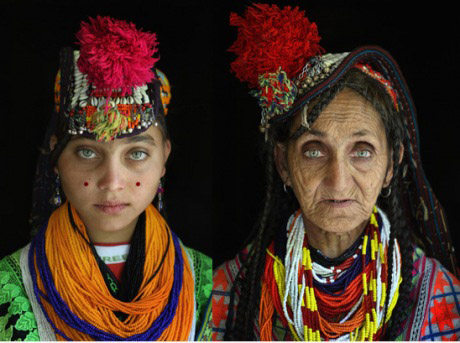
Culture: The region is extremely fertile, covering the mountainside in rich oak forests and allowing for intensive agriculture, despite the fact that most of the work is done not by machinery, but by hand. The powerful and dangerous rivers that flow through the valleys have been harnessed to power grinding mills and to water the farm fields through the use of ingenious irrigation channels. Wheat, maize, grapes (generally used for wine), apples, and walnuts are among the many foodstuffs grown in the area, along with surplus fodder used for feeding the livestock.
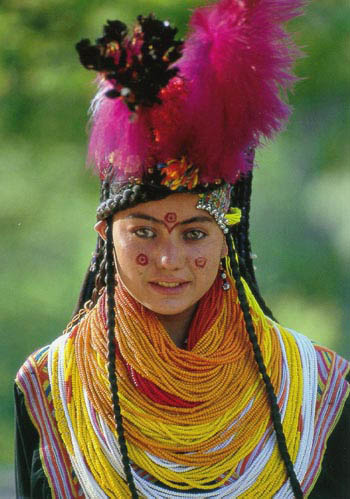
Their unique culture and belief system differs drastically from the various ethnic groups surrounding them. The Kalash believe in various deities Mahadeo (Khodai, the Khowar word for God is also used), and worship other deities that offer protection to different aspects of life (such as Jeshtak, who represents family, pregnant mothers, and marriage). It is suggested that they are based on the Proto-Indo-European religion, similar to the twelve Olympian gods of Ancient Greece. Nature plays a highly significant and spiritual role in their daily life. As part of their religious tradition, sacrifices are offered and festivals held to give thanks for the abundant resources of their three valleys. Presently, these self-sufficient farmers are moving towards a cash-based economy whereas previously wealth was measured in livestock and crops.
They celebrate the Joshi (spring) festival at the end of May each year, which they gauged by the movement of the sun. The first day of Joshi is "Milk Day", on which the Kalash offer libations of milk that have been saved for ten days prior to the festival. Kalash women usually wear long black robes, often embroidered with cowries shells. Men have adopted the Pakistani shalwar kameez, while children wear small versions of adult clothing after the age of four.
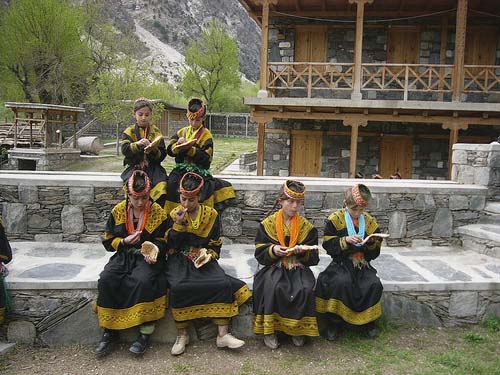
In contrast to the surrounding Pakistani culture, the Kalash do not in general separate males and females or frown on contact between the sexes. However, menstruating girls and women are sent to live in the "bashaleni", the village menstrual building, during their periods, until they regain their "purity". They are also required to give birth in the bashaleni. There is also a ritual restoring "purity" to a woman after childbirth which must be performed before a woman can return to her husband. The husband is an active participant in this ritual. Kalash women breastfeed in public. Although some marriages are arranged by families, Kalash boys and girls can also propose and arrange their own marriages.
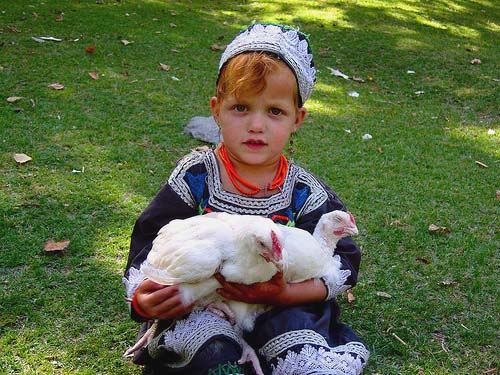
The Kalash have been ruled by the Mehtar of Chitral since the 1700s and have enjoyed a cordial relationship with the major ethnic group of Chitral, the Kho. The multi-ethnic and multi-religious State of Chitral ensured that the Kalash were able to live in peace and harmony and practice their culture and religion. The Nuristani, their neighbors in the region of former Kafiristan east of the border, were invaded in the 1890s and forced to convert to Islam by Amir Abdur-Rahman of Afghanistan and their land was renamed Nuristan.
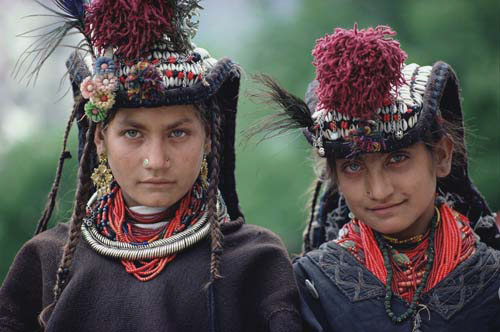
Prior to that event, the people of Kafiristan had paid tribute to the Mehtar of Chitral and accepted his suzerainty. This came to an end with the Durand Agreement when Kafiristan fell under the Afghan sphere of Influence. Recently, the Kalash have been able to stop their demographic and cultural spiral towards extinction and have, for the past 30 years, been on the rebound. Increased international awareness, a more tolerant government, and monetary assistance has allowed them to continue their way of life.
Tourism now makes up a large portion of the economic activities of the Kalash. Before departing to the valleys one must first register one's name at the town of Chitral. People attempting to enter the valleys have to pay a toll to the Pakistani government, which they claim will be used to preserve and care for the Kalash people and their culture.
Travelers should refrain from interfering with or patronizing the locals. The villages are more heavily visited by tourists than ever before and the Holy festivals are very serious to them and joining in or gawking at their practices is considered very rude.
Famous festivals Kalashi:
Joshi or Chilimjush : 14th and 15th of May. During this festival flowers are plucked, dance sessions are held and exchange of dairy products takes place.
Uchal: Mid July. Celebrated to mark harvest season with dancing, singing and feasting for two days.
Phool: 20th to 25th September to celebrate the ripening of grapes and walnuts. They never touch grapes before this festival.
Chaumos: Held in December from 15 to 21. This festival is celebrated with great pump and show on the onset of New Year. A number of interesting events mark this festival.
Mrachiwaki Joshi: 25 May Held ten days after the Joshi. After dividing and eating newly made cheese at the altar of Mahandeo, dances and songs continue.
Rat Nat : July - August. Dancing and singing at night continue for one month.
Uchao: Mid of August. Newly made cheese is brought from the pastures. Ceremony is held at the altar of Mahandeo. Dancing and singing take place until dawn.
Prechieishi: November. Goats are sacrificed to Mahandeo by each clan in thanks for the harvest and health.
Biramor: November.Very rare festival held only in November in which a man wishing to gain honour in the society slaughters many of his own goats and entertains a large majority of the Kalasha. It takes place once in several years.
Sariack: November - December.Wedding party. She-goats are sacrificed to Jeshtak and prayers are offered for the couple. Dance and songs.
Pu and Budalak: October. Festival only held in Biriu. Dancing and singing continue for three days. After Pu, grapes are allowed to be harvested. After that, a festival is held for the Budalak who returns from long stay in the pastures. He is a young goatherd who has some special sexual power and privileges.
